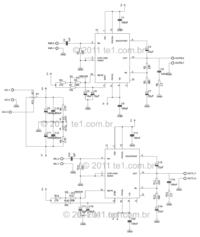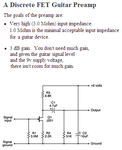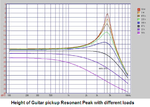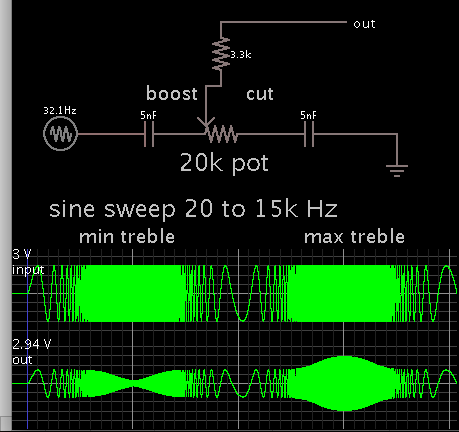Enzy
Advanced Member level 1
I decided to try out this amplifier chip, I want to try the basic schematic, I want to use it to play 3 speakers 2 8 inches and a 10inch speaker and a tweeter. should I modify anything in this circuit for it to play good. all speakers are in one box I am doing this test because I want to see if its good enough to use as a guitar amps because I want to build one next month.
- - - Updated - - -

- - - Updated - - -




